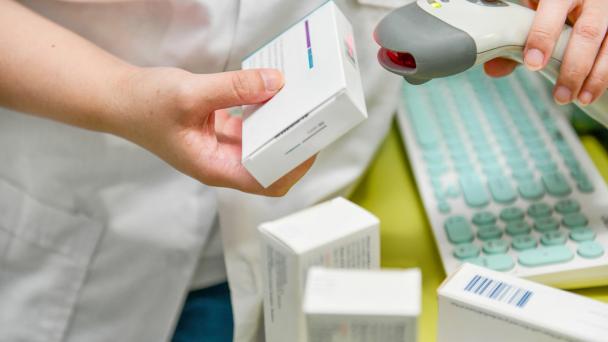Attitudes towards genetic testing to predict medicine response


Assessing the effectiveness of front-of-pack labelling on food using an experimental design.
Front-of-pack labels (FOPLs) are simplified nutritional labels that are displayed on the front of food and drink packaging. The aim of FOPLs is to provide simple and easy-to-understand information to consumers to aid healthier choices, but there are many different types. FOPLs vary greatly in the type of information presented (numbers, percentages, text), design (colour, shape), creation (industry or Government), and implementation (mandatory or voluntary). They can also be interpretive (providing information about how healthy a food is) or non-interpretive (where there is no judgement, such as reference intakes).
Using an online experiment, this study aimed to examine whether FOPLs improve participants’ ability to identify the healthiness of foods and drinks, and how that effectiveness varied between different types of labelling: Multiple Traffic Light (MTL); Nutri-Score (N-S); Warning Label (WL); Positive Choice tick (PC).
All types of FOPL were effective at improving participants’ ability to correctly rank products according to healthiness, relative to no labels:
Participants who used the Nutri-Score label ranked items significantly faster than those who used the Multiple Traffic Light label.
FOPLs were also perceived favourably overall, and especially Multiple Traffic Light and Nutri-Score label, with strong support for mandatory labelling on all products in the United Kingdom.
Fieldwork for this strand of the study was conducted using the random-probability NatCen Panel. The NatCen Panel is a panel of people recruited from high-quality, random probability surveys such as the British Social Attitudes survey. The survey was conducted between 28th October and 15th November 2020. Due to the visual nature of the experiment the study was conducted online-only, meaning people without internet access were unable to take part at this wave. A total of 4,863 of the 7,281 panel members invited to take part did so, giving a 67% survey response rate. Taking account of nonresponse at the recruitment interview and at the point of recruitment to the panel, the overall response rate was 12%. The data were weighted to be representative of the UK adult (18+) population.
Participants were randomly allocated to five experimental groups – one of the four different types of labels or no labelling (control group). Mock packaging images were created for three versions (varying in healthiness) of six different food and drink products (pizza, drinks, cakes, crisps, yoghurts, breakfast cereals). Participants were initially asked to rank the three product images without any labels in order of healthiness, and then asked to rank them again with the images including the FOPL as per each participant’s experimental group. As well as this ranking data, paradata were collected to measure how quickly people were able to rank the different product types.
Britain’s longest-running random probability-based panel, providing robust data from a representative sample at affordable prices.
Visit the Panel pageSecondary Outcomes of a Front-of-Pack-Labelling Randomised Controlled Experiment in a Representative British Sample: Understanding, Ranking Speed and Perceptions
Jessica Packer; Simon J. Russell; Deborah Ridout; Russell M. Viner; Helen Croker
Receive a regular update, sent directly to your inbox, with a summary of our current events, research, blogs and comment.
Subscribe